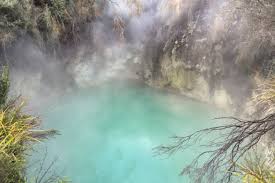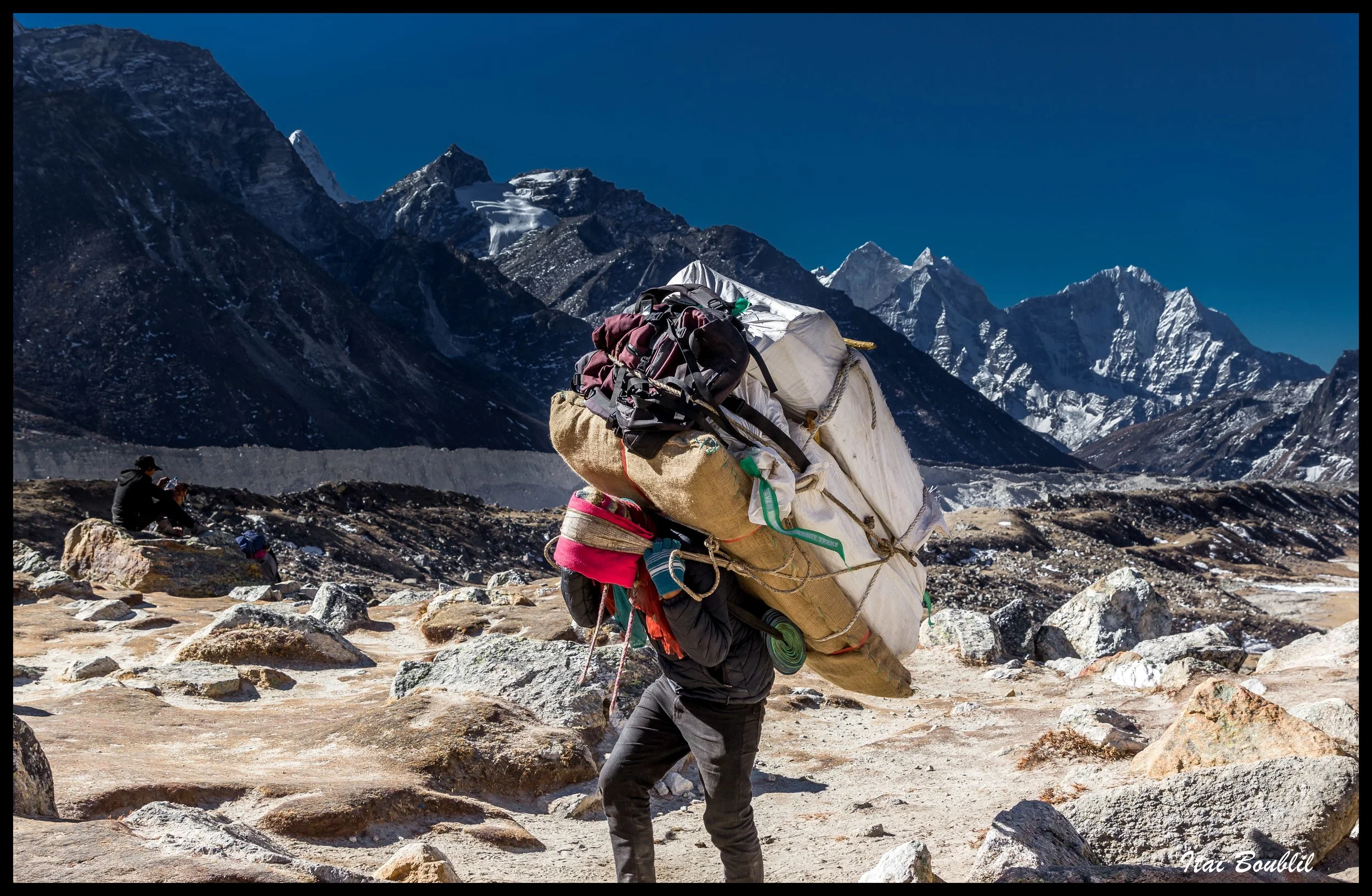Share this Article
The Lost Rituals of Animist Practices in Indigenous Groups: Echoes of a Sacred World
Introduction
Across the world, before the rise of organized religion, there was animism. Deeply rooted in indigenous belief systems, animism is the worldview that all entities—human and non-human, animate and inanimate—possess a spiritual essence. Trees, rivers, mountains, animals, stones, and even the wind are seen as sentient or inhabited by spirits. These beliefs governed not only how communities interacted with the environment but also how they understood illness, death, fertility, and social cohesion.
Over time, however, colonialism, state expansion, institutionalized religion, globalization, and modernization have displaced or erased many of these animistic practices. With the vanishing of sacred groves, shamanic chants, seasonal sacrifices, and ancestral invocations, the world is witnessing the silent disappearance of millennia-old spiritual systems. These lost rituals are not just esoteric traditions but are intrinsic to the identities, cosmologies, and survival systems of indigenous groups.
This article explores the essence of animism, its ritual expressions among selected indigenous communities, and the forces contributing to their decline. It also argues for the urgent need to document, respect, and where possible, revive these sacred traditions in a world in ecological and spiritual crisis.
Understanding Animism
Animism Defined
The term “animism” was first coined by anthropologist Sir Edward Tylor in the 19th century. While it has since evolved in definition and critique, the core premise remains: animism is a belief in spiritual beings or spiritual consciousness within nature. However, unlike organized religions that separate the divine from the natural, animism blurs these boundaries. Divinity is not distant; it is embedded in rocks, forests, animals, ancestors, and celestial bodies.
For many indigenous peoples, animism is not a belief but a lived reality. It forms the basis for their ethics, agricultural cycles, healing methods, and community governance. Rituals within animistic systems are not symbolic but are means of maintaining cosmic balance, negotiating with spirits, and ensuring collective well-being.
Animism and Ecology
One of the most profound aspects of animism is its ecological wisdom. The animistic view sees humans as part of a complex web of relationships with all living beings. Trees are not timber; they are elder beings. Rivers are not resources; they are mothers. Rituals performed to honor these beings are also acts of ecological stewardship.
Rituals at the Heart of Indigenous Animism
Animistic rituals vary widely across continents and cultures, but they often share core elements: seasonal alignment, communication with spirits or ancestors, use of symbolic materials (such as feathers, bones, fire, water), and performance of trance, song, or dance. Below are selected examples of such practices that are either endangered or lost.
1. The Khipu and Chicha Rituals of the Andes (South America)
Before the Spanish conquest, the Inca and their predecessors used a system of knotted strings called Khipu for recordkeeping and spiritual purposes. These were not only administrative tools but also invoked in agricultural rituals and ancestral ceremonies.
Chicha, a fermented maize beer, played a central role in offerings to Pachamama (Mother Earth) and Apus (mountain spirits). Ritual libations were poured on the ground, and songs were sung to maintain the earth’s fertility. Today, many of these practices have either been absorbed into Catholic rituals or banned as paganism.
2. The Dine Bahane’ and Sandpainting of the Navajo (North America)
The Navajo people of the American Southwest once practiced complex healing ceremonies involving sandpainting, chants, and spirit invocation. These rituals, known as chantways, would last for days and were used to restore hozho—a concept of harmony and balance.
As missionary influence and cultural suppression grew, many of these ceremonies faded or became inaccessible except to initiated elders. The ritual language and meanings are often no longer understood by younger generations.
3. The Batak Pustaha and Spirit Mediation (Indonesia)
The Batak people of Sumatra preserved their animist rituals through pustaha, magical books written on tree bark. These texts detailed how to invoke ancestral spirits, conduct sacrificial rites, and navigate spirit worlds.
Batak shamans, or datu, would create protective amulets and perform rituals at sacred sites such as waterfalls or volcanic craters. With widespread conversion to Christianity and Islam, many pustaha were destroyed, and the knowledge systems they contained disappeared.
4. The Bon and Gufa Rituals in Tibet and Nepal
Before the advent of Tibetan Buddhism, the Bon tradition dominated much of the Himalayan cultural sphere. Bon rituals involved offerings to local deities (yul lha), spirit appeasement ceremonies (such as gufa), and nature veneration through sacred dances.
These rituals maintained harmony between humans and spirit realms, especially in harsh mountain environments. With the assimilation of Bon into Buddhist frameworks and state suppression, many of the original animist rites have been lost or heavily transformed.
5. Shamanic Possession in the Ainu of Japan
The Ainu people, indigenous to northern Japan, believed in kamuy, spirit-beings that resided in natural elements. Rituals included Iomante, a bear-sending ceremony in which a bear cub was raised and ritually returned to the spirit world with songs, offerings, and feasting.
Japanese assimilation policies banned many of these practices in the 19th and 20th centuries. Today, very few elders retain knowledge of the original ceremonies.
Factors Contributing to the Loss of Animistic Rituals
The decline of animist rituals among indigenous groups is not accidental. It is the result of a convergence of powerful forces—cultural, political, and economic—that have undermined indigenous lifeways for centuries.
1. Colonialism and Missionary Activity
Perhaps the most destructive impact came from European colonization and missionary evangelism. Animist rituals were labeled as heathen, superstitious, or barbaric. Sacred objects were destroyed, spirit mediums were executed or silenced, and entire cosmologies were delegitimized. Forced conversions further accelerated the erosion of indigenous religions.
2. State Policies and Legal Restrictions
In many postcolonial states, governments continued suppressing indigenous rituals in the name of progress, modernization, or national unity. Animist ceremonies were criminalized, sacred sites were encroached upon for development, and languages that carried ritual knowledge were excluded from education systems.
3. Globalization and Cultural Homogenization
Mass media, urban migration, and consumer culture have drawn younger generations away from rural communities and traditional belief systems. Rituals that once required weeks of communal preparation now appear irrelevant or unprofitable to youth seeking modern livelihoods.
4. Ecological Destruction and Land Loss
Deforestation, mining, dam-building, and agribusiness have desecrated sacred forests, rivers, and mountains—spaces that were central to animist rituals. Without these landscapes, many ceremonies lose their spiritual context and can no longer be performed.
5. Loss of Oral Transmission and Elders
Animist knowledge is primarily oral, passed down through apprenticeships, ceremonies, and song. As elders die without transmitting this wisdom—and as younger people adopt digital cultures—the chain of transmission is broken. Languages that encode sacred knowledge are becoming extinct at alarming rates.
The Cultural and Spiritual Cost of Loss
The disappearance of animist rituals is not merely the loss of exotic traditions. It represents a deeper existential crisis. These rituals maintained ecological balance, provided ethical frameworks, and fostered social cohesion. Their loss contributes to:
- Cultural amnesia among indigenous youth
- Mental health issues, as communities lose meaning-making systems
- Environmental degradation, due to the severing of spiritual ties to land
- Loss of linguistic diversity, as sacred words, chants, and ritual terms vanish
More broadly, the loss diminishes the world's collective heritage. Animist traditions offer alternative ways of knowing—worldviews where humans are not masters of nature but participants in a sentient universe. Their extinction narrows the spectrum of human imagination and resilience.
Revival and Reclaiming: Glimmers of Hope
Despite centuries of marginalization, many indigenous communities are reclaiming and reviving their animist traditions. These efforts, though fragile, are vital to cultural survival and environmental regeneration.
1. Documentation and Relearning
Anthropologists, indigenous scholars, and community elders are recording rituals, chants, and cosmologies. Archives, documentaries, and ethnographies are preserving endangered knowledge for future generations.
2. Ritual Reenactments and Festivals
In places like the Philippines, Mexico, and parts of the Amazon, ritual festivals have been revived as acts of cultural pride. They serve both spiritual and political purposes, asserting indigenous identity and rights over land.
3. Legal Recognition and Cultural Rights
Some governments have begun to acknowledge indigenous belief systems. Bolivia and Ecuador have enshrined the rights of Pachamama in their constitutions. In New Zealand, rivers and mountains have been granted legal personhood based on Maori cosmology.
4. Syncretism and Adaptation
In many regions, animist practices have blended with mainstream religions, creating hybrid forms of spirituality. While this may dilute some elements, it also ensures continuity in changing contexts.
Conclusion
The lost rituals of animist practices among indigenous groups are not relics of a primitive past—they are blueprints for a more balanced future. They challenge the anthropocentric worldview that has led to ecological collapse, offering instead a model of sacred interdependence.
To allow these traditions to disappear without resistance is to allow the erosion of some of the most profound relationships between humanity and the natural world. It is time for renewed respect, protection, and partnership with indigenous communities, whose rituals continue to whisper ancient truths that the modern world desperately needs to hear.
As climate crises deepen and spiritual voids widen, the animistic perspective—with its reverence for all life—may no longer be merely a cultural curiosity but a path toward collective survival.
Categories:
Travel & Tourism
,
Culture & Traditions
,
Adventure Activities
,
Nature & Wildlife
,
History & Heritage
,
Lifestyle & Local Life
,
Health & Wellness
,
Education
,
Spirituality & Religion
Tags:
asdasd
,
Thamel
,
nagi gumba
,
sundarijal
,
dashain
,
festival of nepal
,
bada dashain
,
traditional food
,
traditional-drink
,
murchunga
,
nepalese music
,
traditional instruments
,
tradition
,
architecture
,
holi
,
national park
,
chitwan national park
,
unesco heritage sites
,
nepal wildlife
,
biodiversity conservation
,
rudraksha
,
bhojpatra
,
phewa lake
,
religious destination of nepal
,
rara lake
,
gosaikunda trek
,
craft







